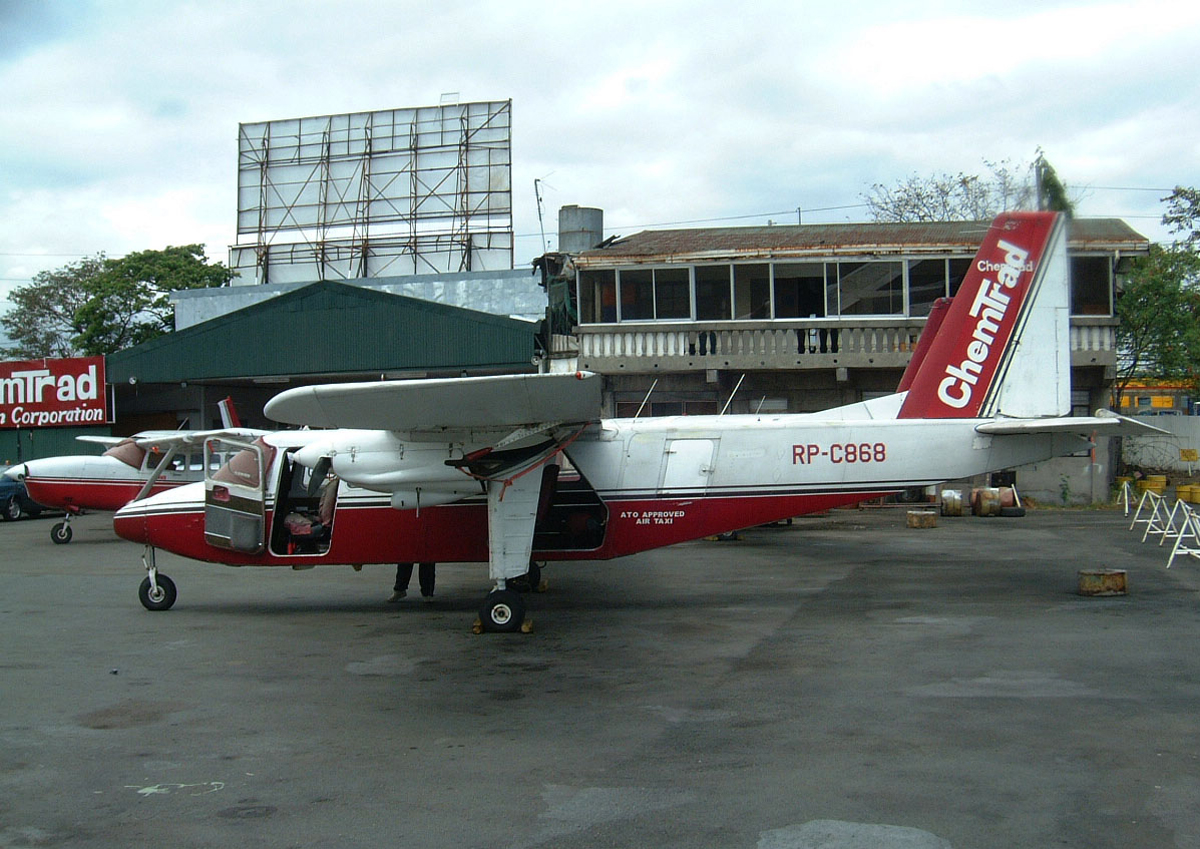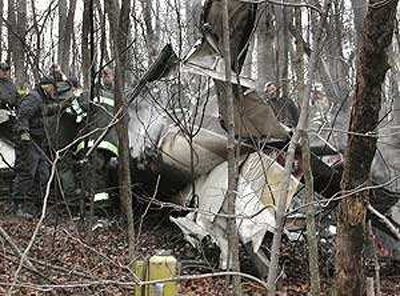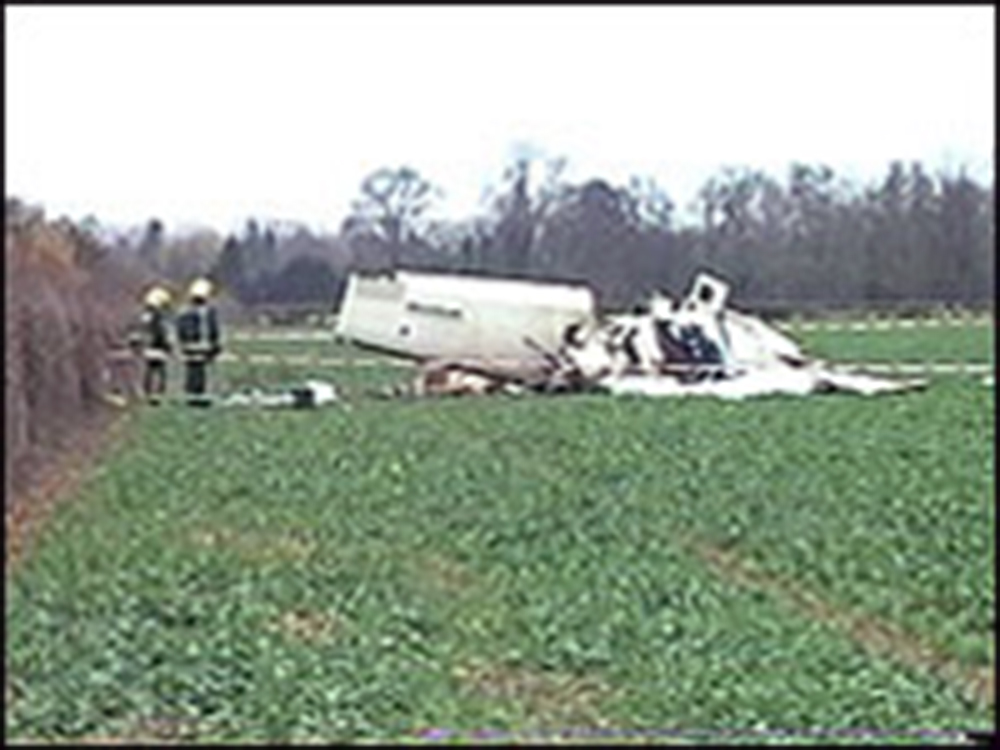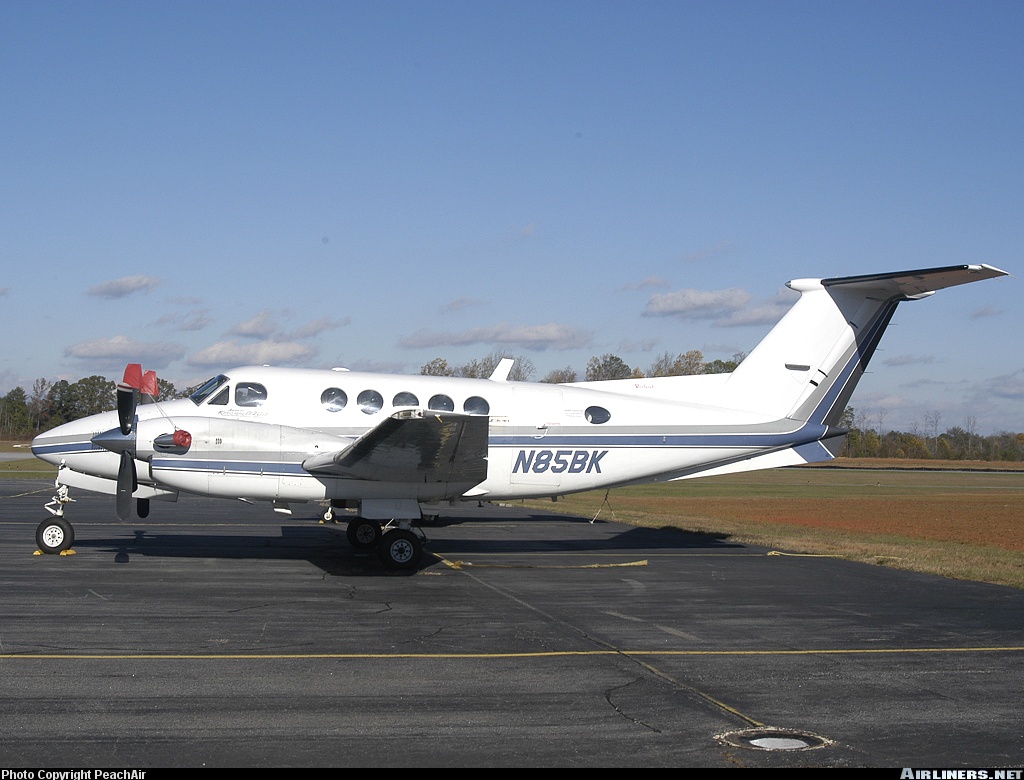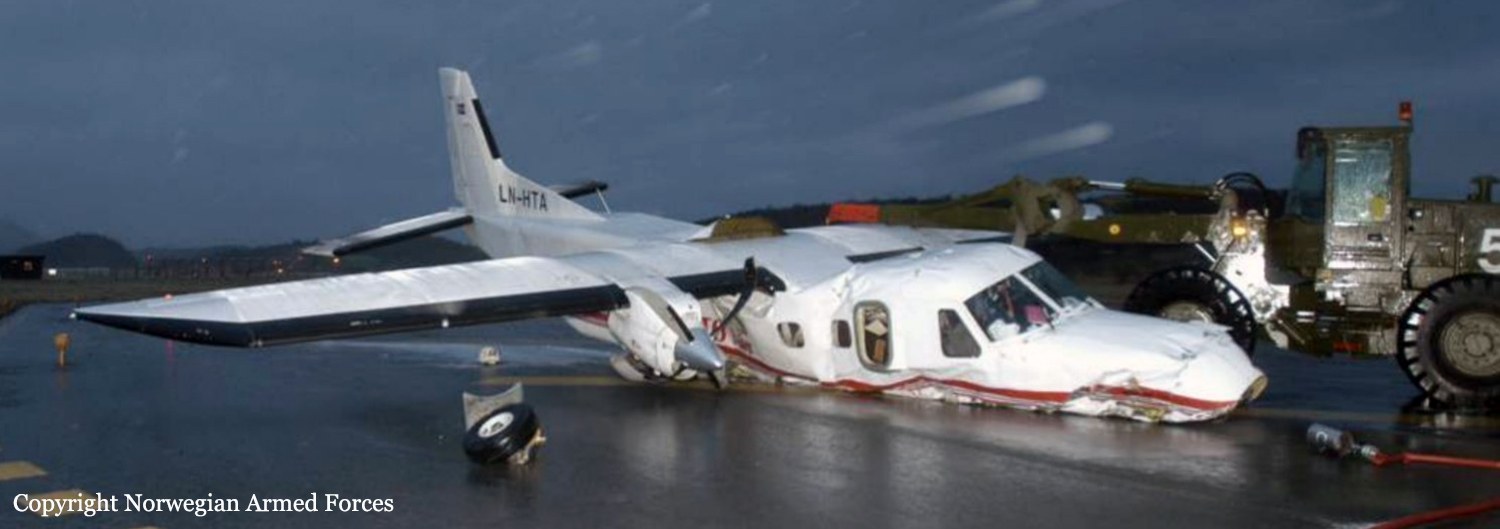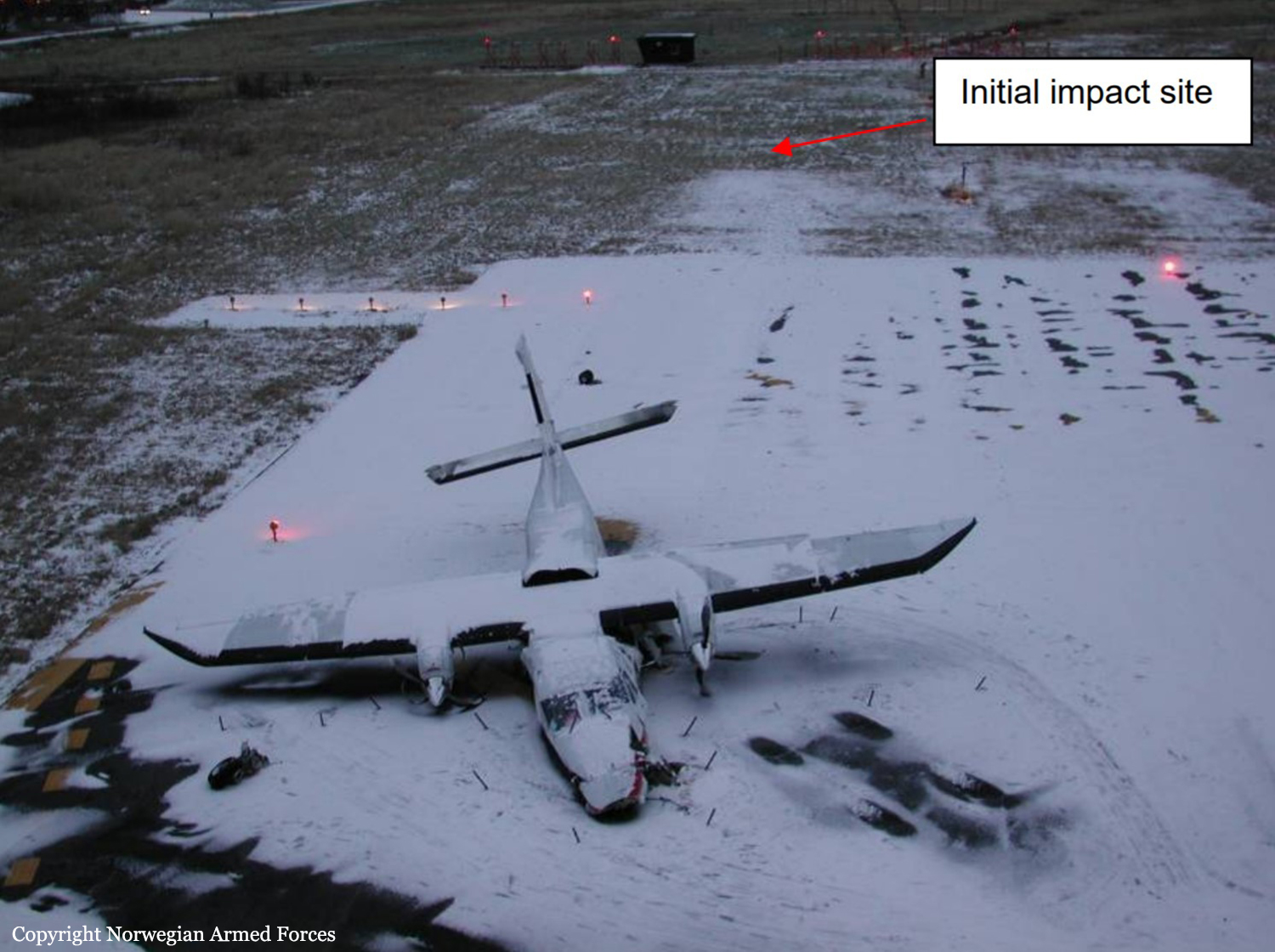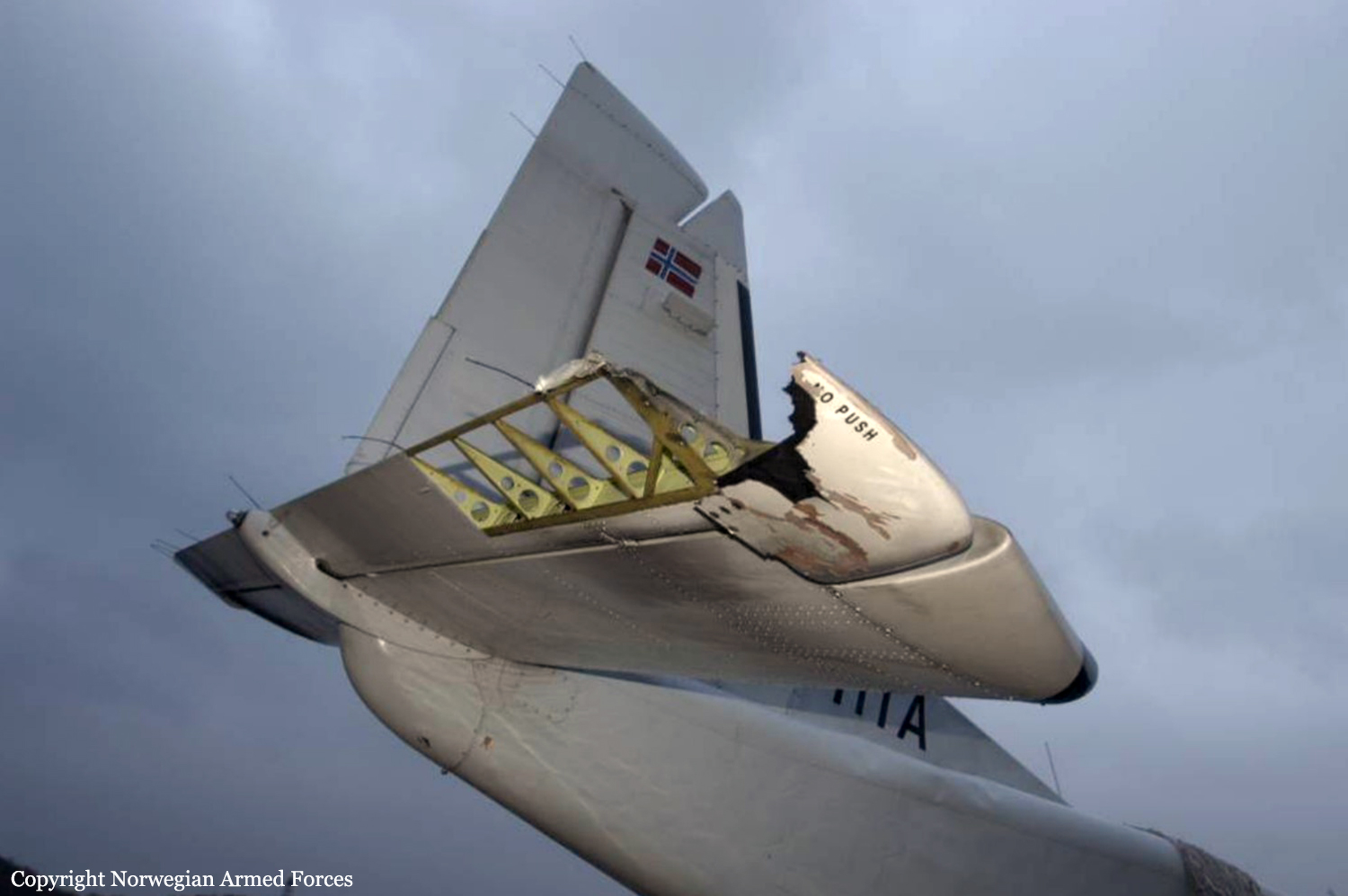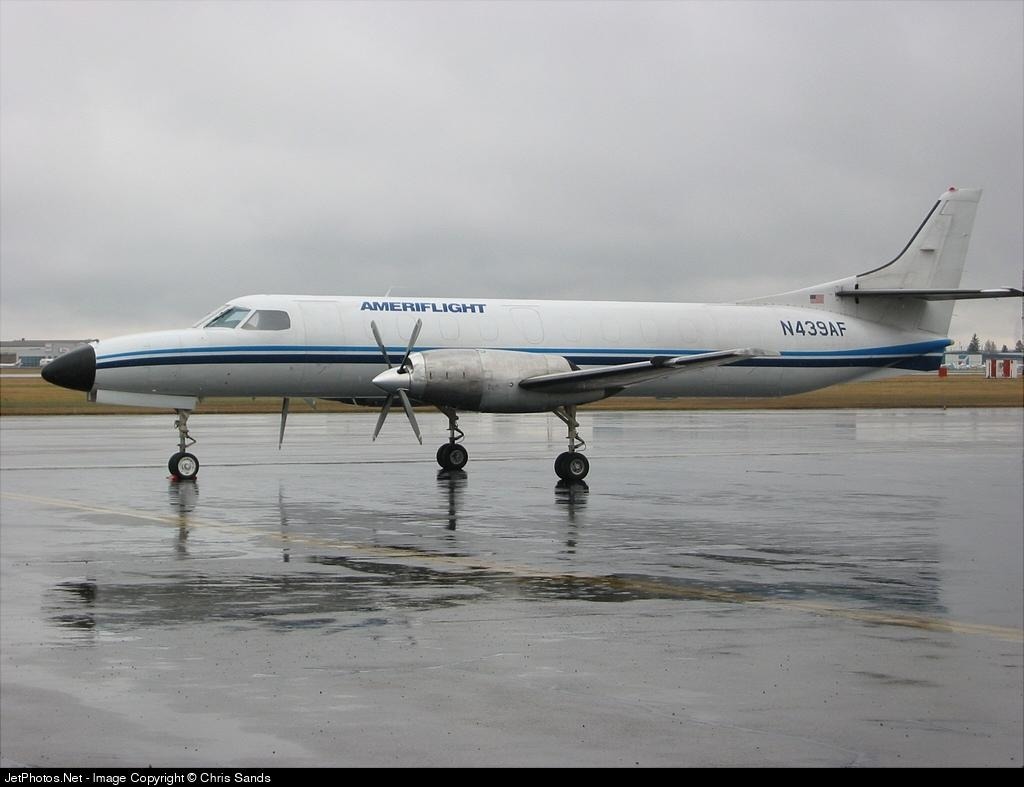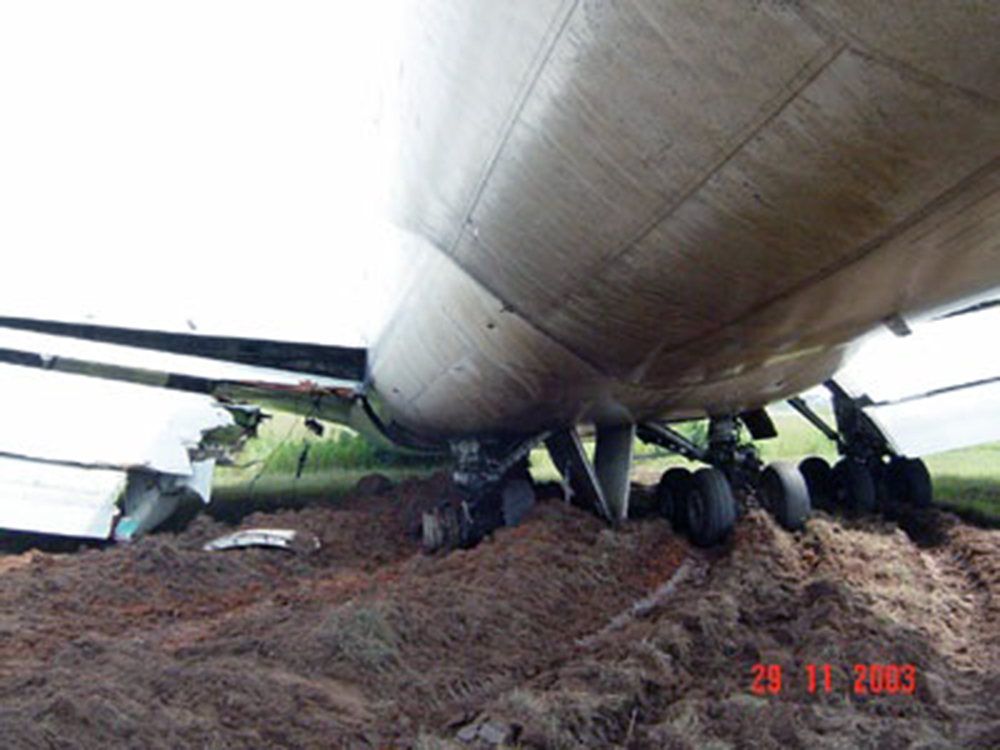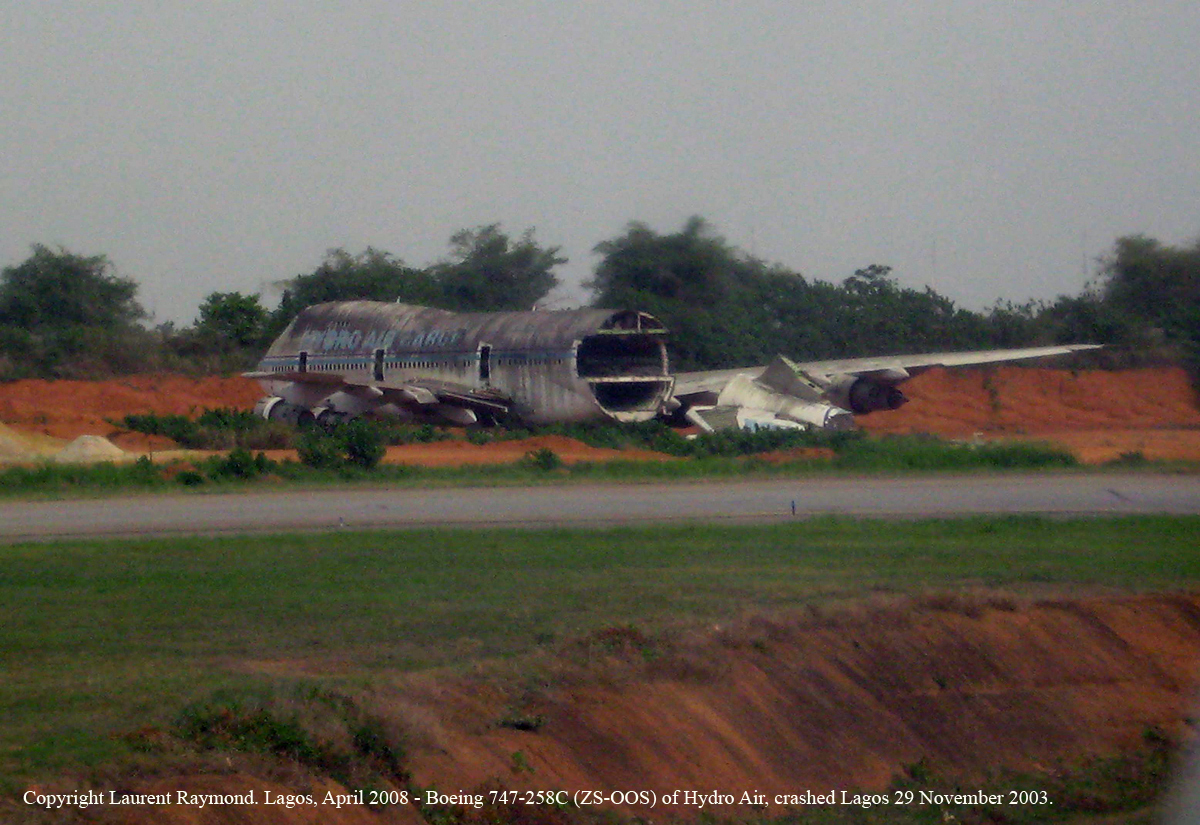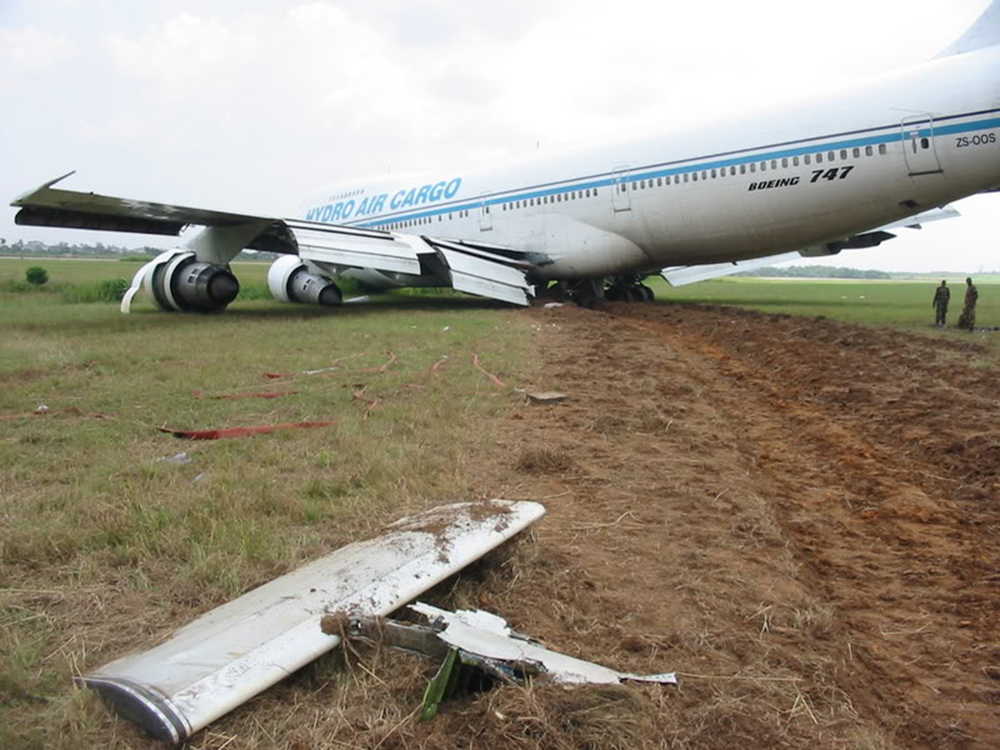Crash of a Britten-Norman BN-2A-21 Islander in Tuguegarao: 3 killed
Date & Time:
Dec 12, 2003 at 1500 LT
Registration:
RP-C868
Survivors:
No
Schedule:
Maconacon – Tuguegarao
MSN:
725
YOM:
1974
Crew on board:
3
Crew fatalities:
Pax on board:
0
Pax fatalities:
Other fatalities:
Total fatalities:
3
Circumstances:
On approach to Tuguegarao Airport, the twin engine aircraft entered clouds and the crew lost visual contact with the runway. The aircraft struck a hill top and crashed in a wooded area located 3 km short of runway. All three occupants were killed.
